Triennale Design Museum, Milan
Greta Garbo, the Swedish Sphinx, and Salvatore Ferragamo, The Shoemaker of Dreams, as his autobiography is titled, met in what was to be a small chapter in these two great figures’ historic lives. Their first encounter lasted just long enough for Ferragamo to create a pair of custom-made shoes. The year was 1927 and the place is Hollywood, before Salvatore returned to Florence to found his company in Italy. The star continued to buy her shoes at the Hollywood Boot Shop while it remained under Ferragamo’s ownership and later she went to Saks Fifth Avenue in New York. In August 1929, the pair met again in Florence. “As young as when I first met her”, Greta entered the shop with an old pair of cord sandals. “I don’t have any shoes,” she said. “And I want to walk”. In five sittings, Ferragamo designed a series of low-heel shoes, including a red calfskin sandal with an ankle strap that she particularly liked. She left the store with 70 pars of shoes, most of which differed only in color.
Two years ago, Garbo’s great-nephew, Craig Reisfield, was passing through Florence and stopped to visit Ferragamo and its fascinating museum dedicated to the founder’s history and his revolutionary shoes, located in the historic Palazzo Spini Feroni, the company’s headquarter’s since 1938. While speaking with the Museum Director Stefania Ricci, Craig (a direct descendant of the actress, as he is the son of her only niece, Gray Resifield) mentioned the extensive collection of dresses, hats, scarves, gloves, and countless pairs of pants and shirts that her family has carefully kept – Greta Garbo’s entire personal wardrobe, as no one has ever seen or studied it before.
THE LOOK OF NON-CONFORMITY
This is how the idea first came about for an exhibit on the legend of Greta Garbo beyond the silver screen, a show on one of the most mysterious icons of an era when the new art of film was just beginning to experiment with its ability to seduce and influence the masses. In 1929, Metro Goldwin Meyer assigned costume designer Adrian Adolph Greenberg to work with her, and the relationship they forged gave life to her unmistakable style which, even on set, embraced her personal taste for comfort and ease, and which above all, drew attention to her stunning face. Draped cowls, stand-away collars and very high necklines became the signature elements of Garbo/Adrian look, with resounding success. All over, her fans covered up, rather than baring themselves, creating a generation of Mata Haris in cinched-waist trench coats. Although Adrian’s tireless toil was meant for film, with magnificent costumes for movies like Queen Christina and Anna Karenina, the two influenced each other, as could be seen in Garbo’s personal wardrobe, which subtly changed when she decided to retire after the new look for Two Faced Woman (1941) proved to be an utter disaster, from the dresses to the perm mandated by Directory George Cukor and Hairdresser Sydney Guillaroff.
THE EXHIBIT
The show begins with a selection of film costumes recovered from the institutes, museums, and private collections that have had them since the dispersion of the MGM warehouses. The recovered pieces included a stunning dress with embroidered neckline worn in Inspiration, on loan from Drexel University in Philadelphia, and the dress work in Queen Christina (the Museum at Fit).
One section is devoted to Garbo’s face, which Roland Barthes called an idea today. Her portrait was painted by Clarence Sinclair Bull, among others, and Cecil Beaton shot the celebrated passport photo of her.
Everyday elegance brings together never before seen clothing and accessories that belonged to the star. The collection includes Louis Vuitton suitcases, one of which was entirely intended to hold shoes, as well as Valentina, Pucci, and Givenchy models, and Ferragamo shoes, including one of the creations that she was the very first to wear: a shoes with a stitchless upper, soft toe, and simple clasp.
The show also includes incredibly glamorous, yet simple sandal with a small round heel,
a velvet ballerina shoe for the evening and lovely lace up shoes whose small details – one pair has a slightly raised toe,
the other a special closure – underscore Ferragamo’s creativity in the custom designs for one of his favorite customers. All the shoes were created with simplicity and comfort in mind, the epitome of Garbo glamour.
In the Philippines, Salvatore Ferragamo is exclusively distributed by Stores Specialists Inc. (SSI) and is located at Power Plant Mall, Greenbelt 4, Rustan’s Tower, Rustan’s Makati, Alabang Town Centre and Rustan’s Ayala Cebu.
[email_link]

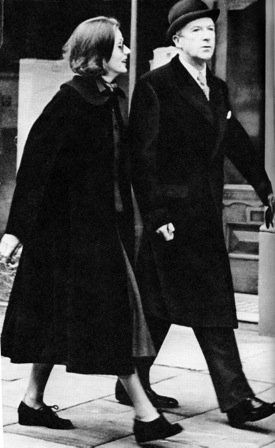

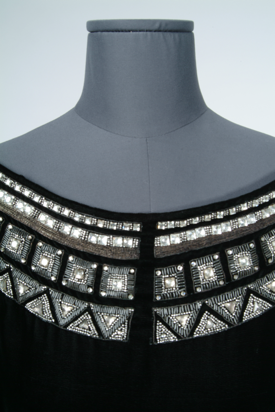
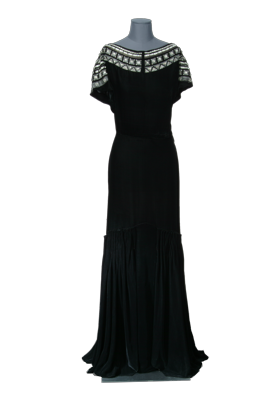


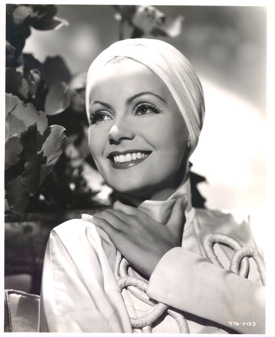
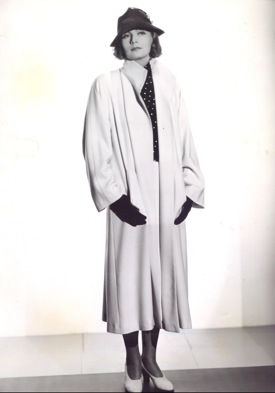
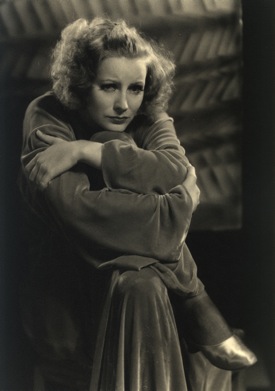


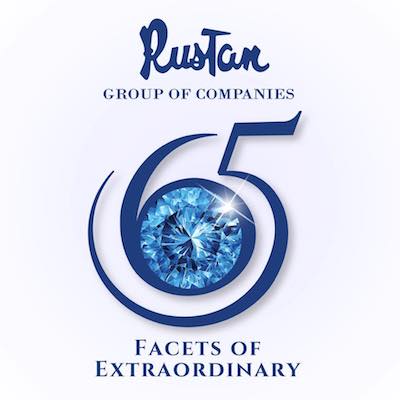


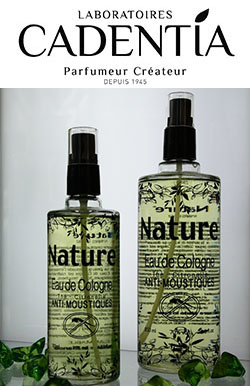






what an inspiring feature! i’m enamored!